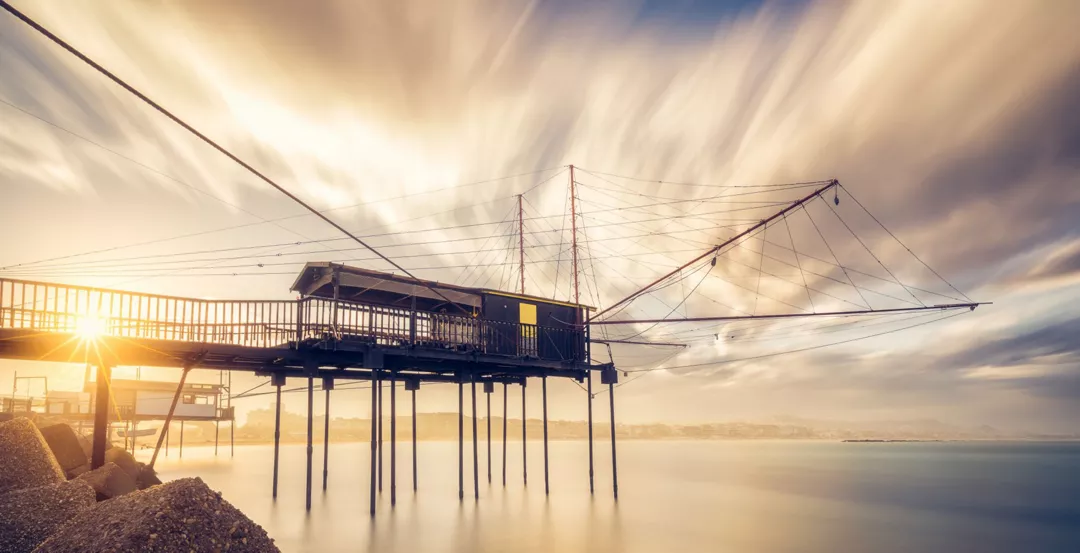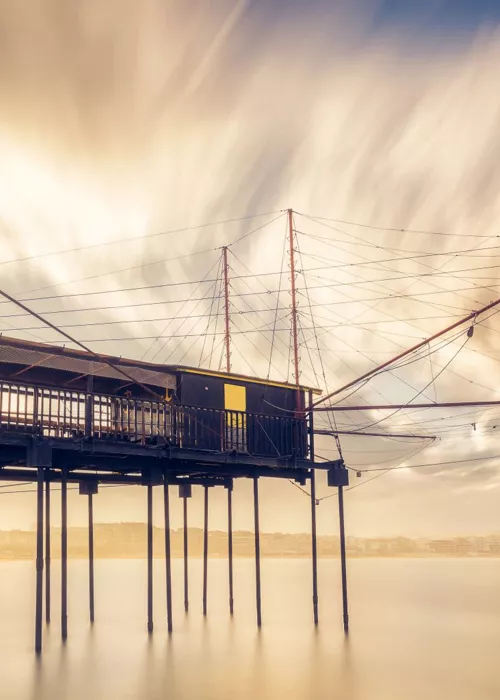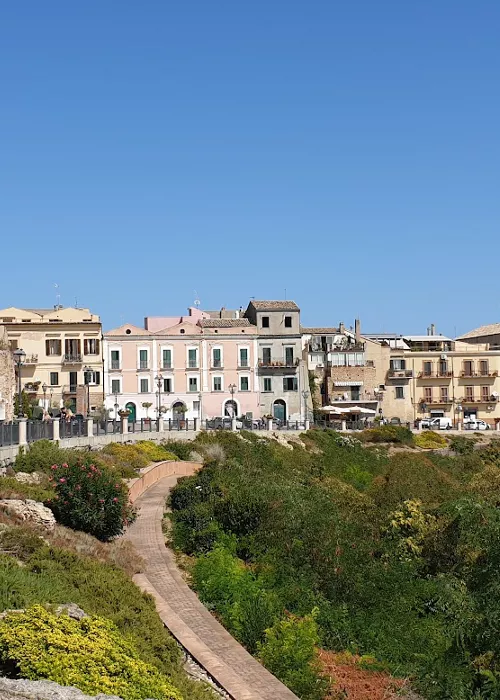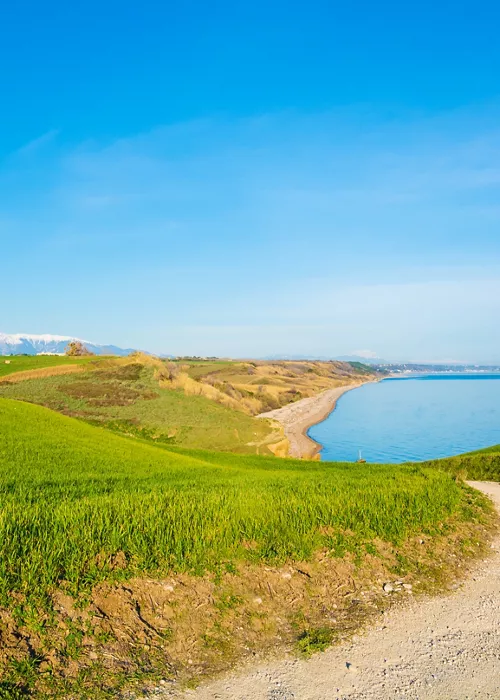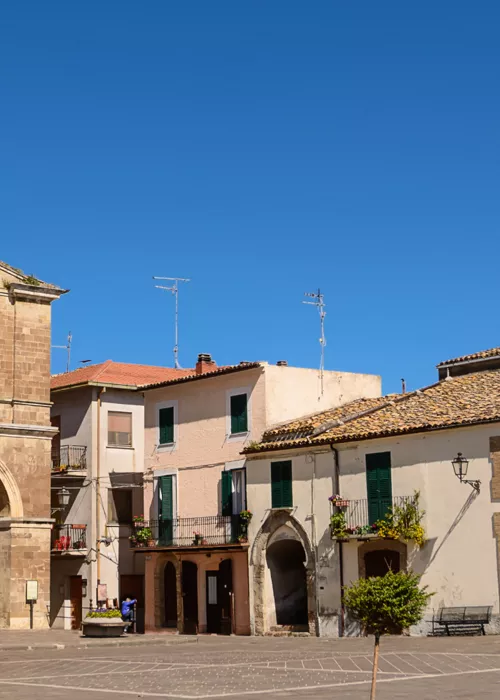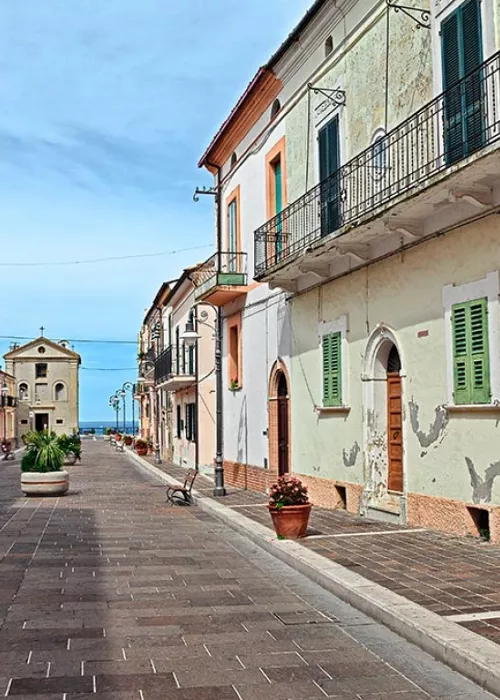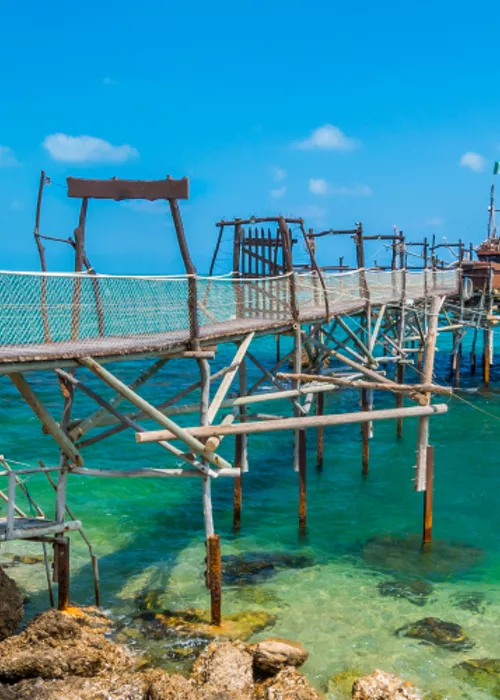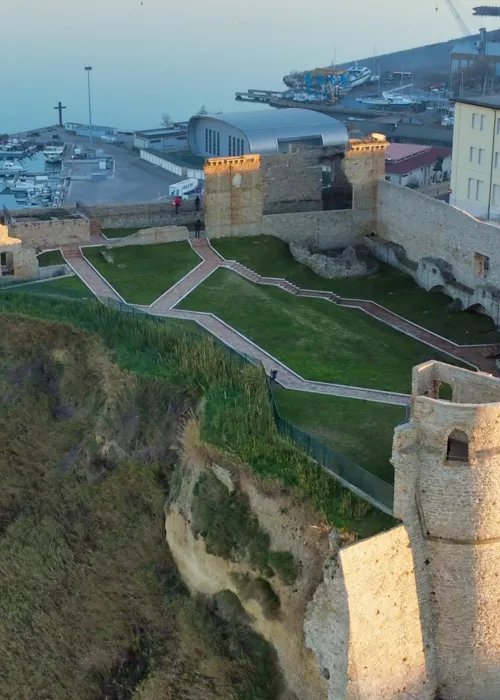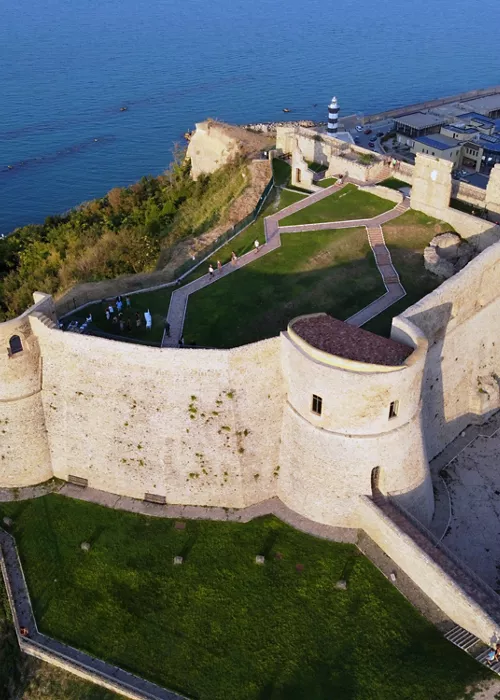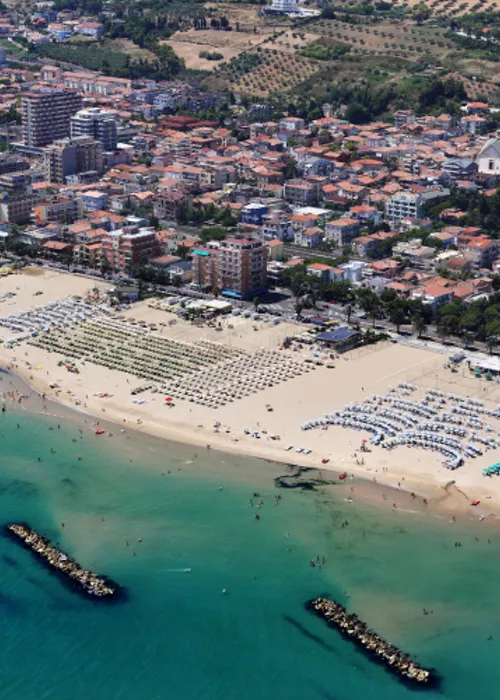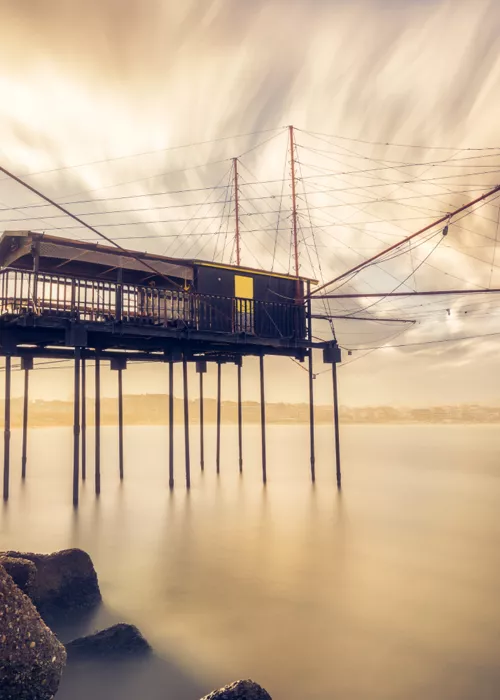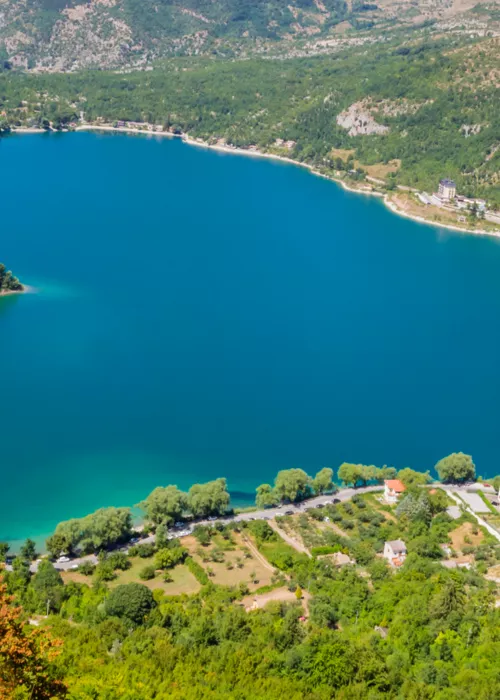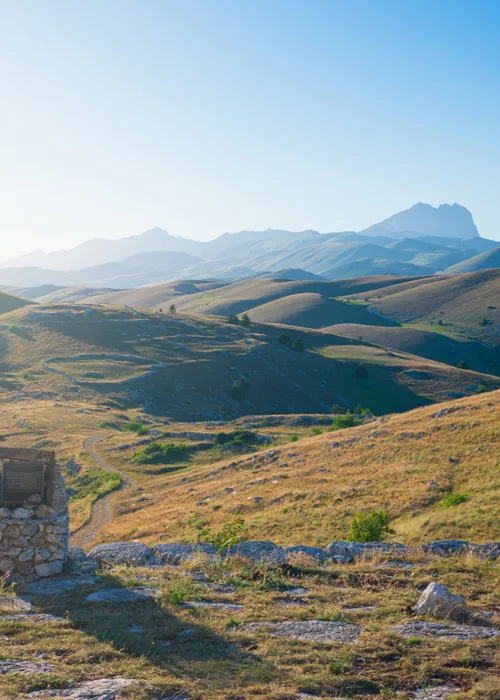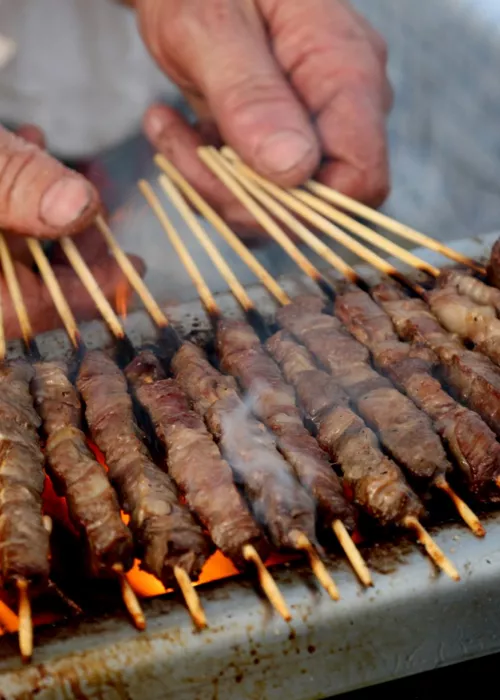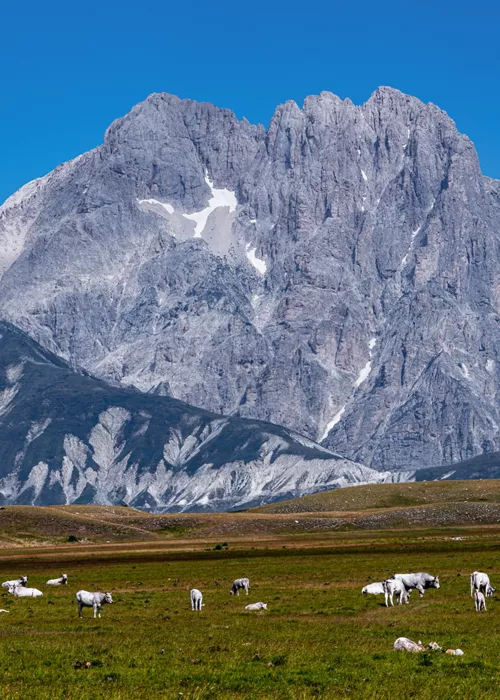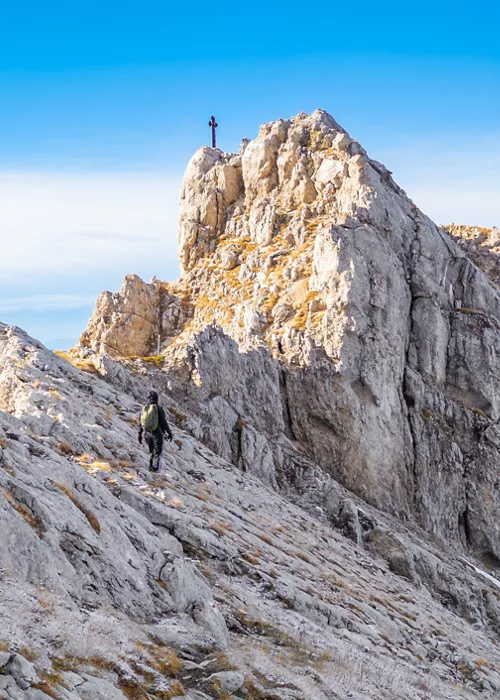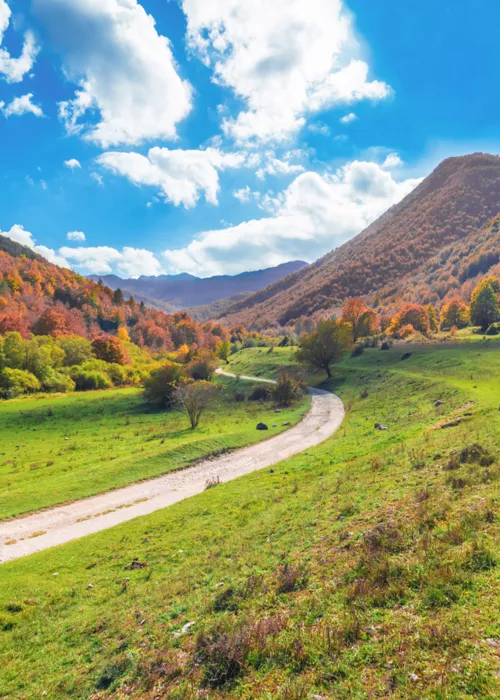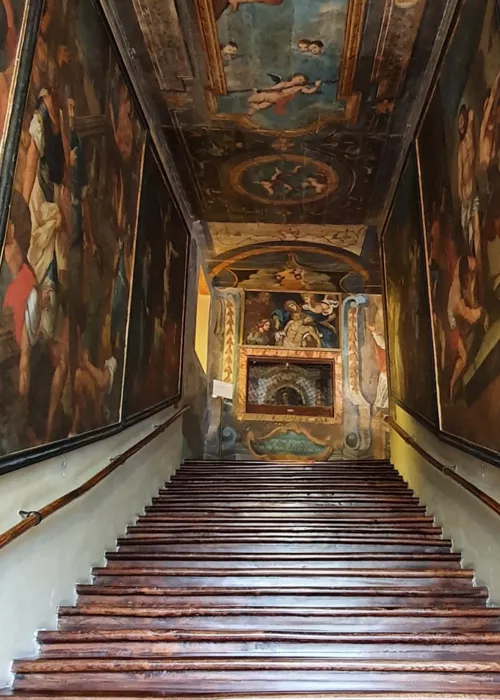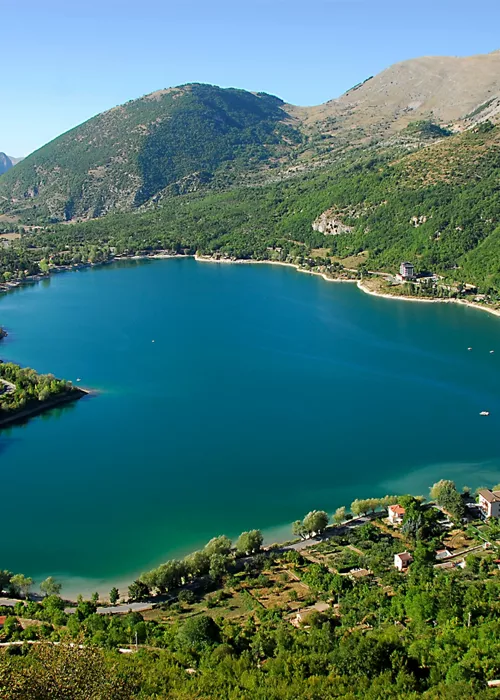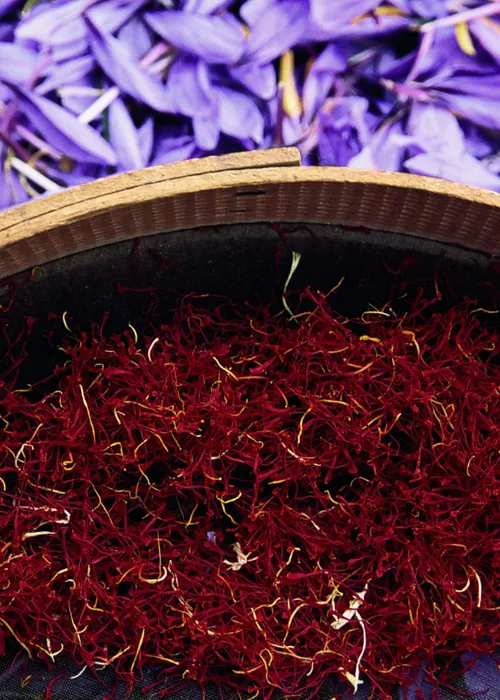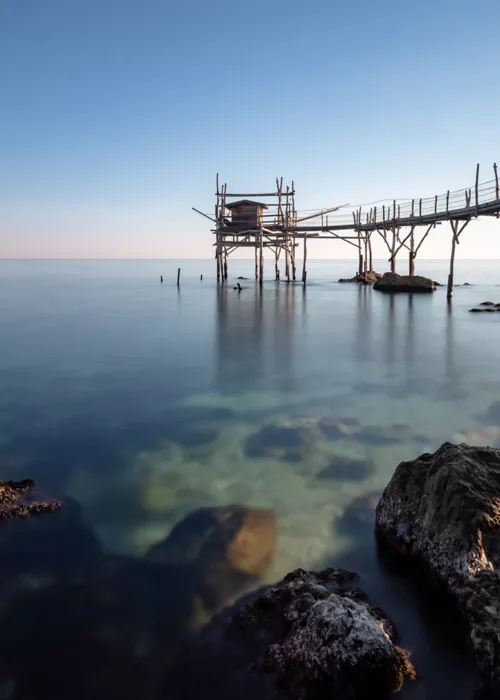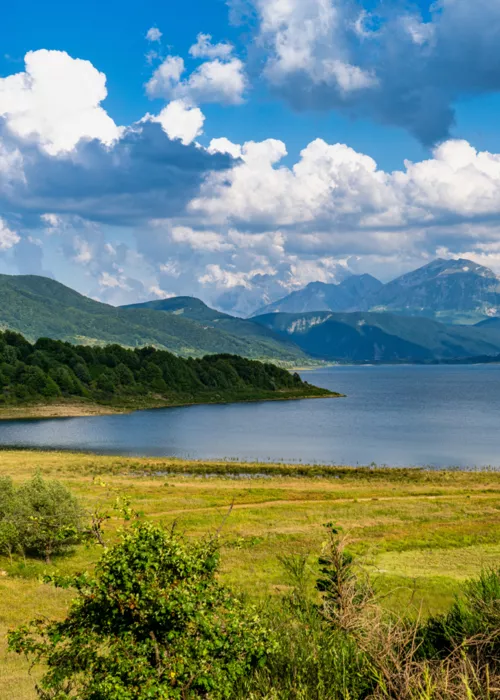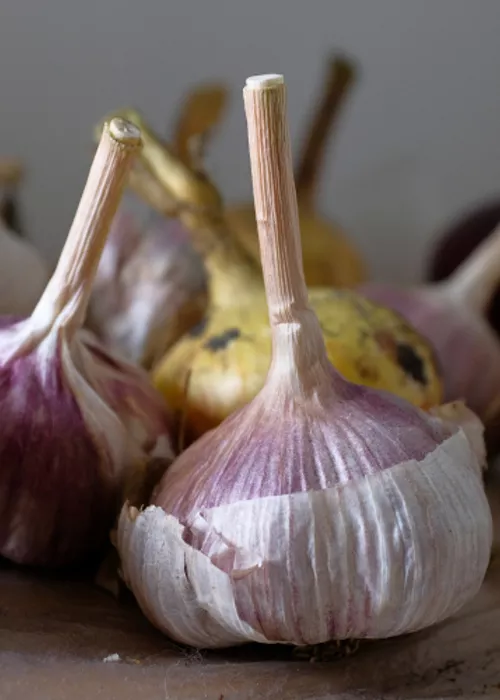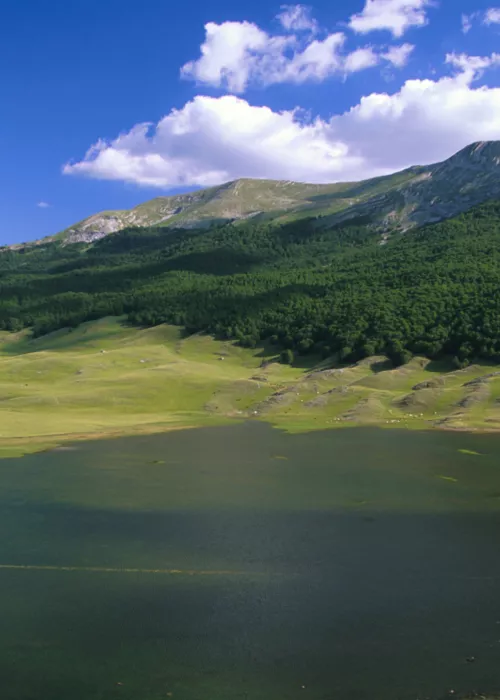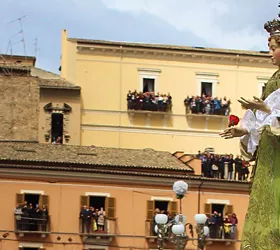In Abruzzo, along the Costa dei Trabocchi
4 minutes
These are wooden constructions similar to pile-dwellings, connected to the coast by a footbridge on which nets were installed in the past: real fishing machines anchored to the rocks, and able to withstand even the most violent of gales.
The Phoenicians' idea: fishing from land
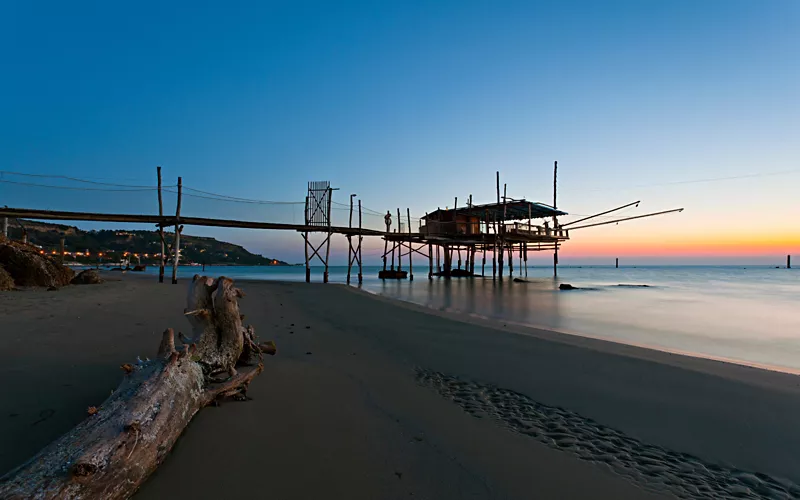
It is difficult to reconstruct their origins, which, according to some, can be traced back to the Phoenicians. The most accredited hypothesis is that the trabocchi arose from the need to fish without going out to sea: a much more convenient solution, especially considering the dangers to which fishermen were subjected in ancient times. Today there are about thirty trabocchi remaining on this stretch of coastline, although there are also examples in Molise and Apulia.
From Vasto Marina to Rocca San Giovanni: the trabocchi not to be missed
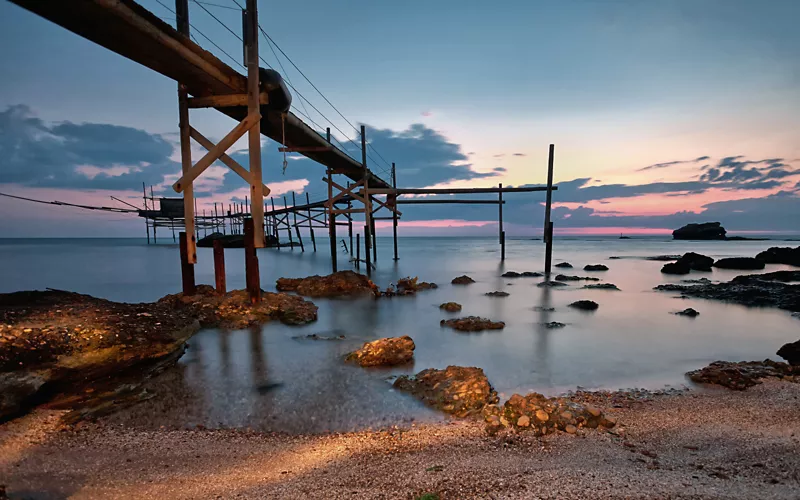
To admire them in all their beauty, we suggest you start from Vasto Marina. Travelling along the S.S.16, the coastline quickly changes appearance: from the expanses of sand typical of the Vasto area, bays and coves made of sand or pebbles begin to follow one another, and there is no shortage of strikingly beautiful cliffs. Don't miss Trave, Casarza, Cungarelle, San Nicola, Canale and Vignola, all locations with scenic views as well as crystal-clear waters.
Among the most beautiful trabocchi are those of Punta Penna. Leave the state road and head towards the port, not forgetting to make a stop at the Punta Aderci Nature Reserve, with its sandy beach and promontory. Once again on the S.S.16, immediately after Casalbordino, you arrive at the coast of Torino di Sangro, famous for the Punta Le Morge overflow, easily reached from the beach. The journey continues from Fossacesia Marina to San Vito Marina, along a rugged coastline characterised by bays, coves and beaches. In Fossacesia, you can visit the Pesce Palombo trabocco and Punta Rocciosa. In Rocca San Giovanni, on the other hand, there are the Punta Cavalluccio, Punta Tufano, Punta Isolata, Sasso della Cajana and Punta Punciosa trabocchi.
The Trabocco del Turchino, sung by D'Annunzio
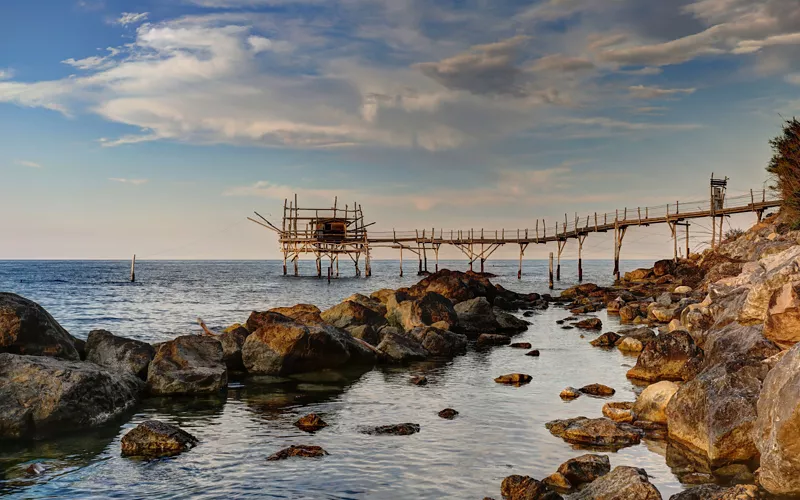
The journey continues towards San Vito Chietino, but along the way a stop at the Eremo Dannunziano, also called Eremo di San Vito, where D'Annunzio stayed in the summer of 1889 together with Barbara Leoni, the “Roman belle” who was his muse and companion for five years, is a must.
From the Promontorio Dannunziano, a vantage point on the Adriatic Highway 16, you have a wonderful view of the coast. From here, take the path that descends towards the sea and leads to the Turchino outlet, one of the most important on the entire coastline, recently renovated. Even Gabriele D'Annunzio was won over by it, so much so that in the Triumph of Death, partly written in the Hermitage, he celebrates it as “the great fishing machine resembling the colossal skeleton of an antediluvian amphibian”.
In Ortona, amid breathtaking views and history
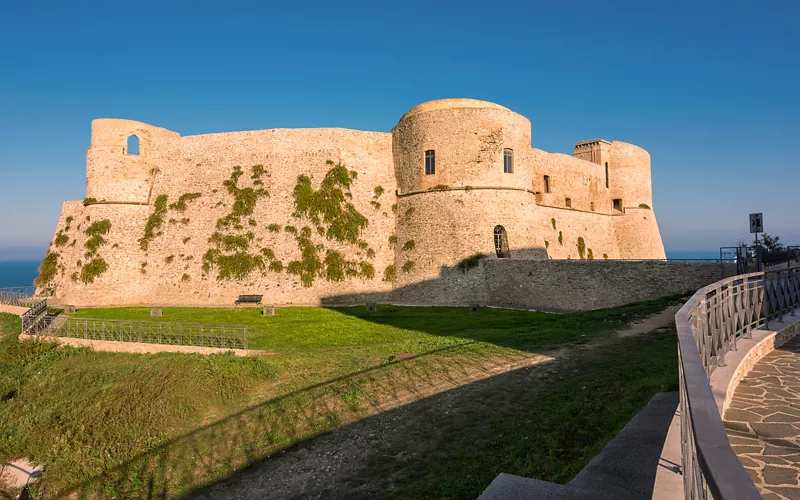
You are not finished yet with the San Vito trabocchi. Here you can also see the trabocchi of Valle Grotte, Punta Fornace, San Giacomo, Lupone and Punta del Porto.
After leaving San Vito behind, continue towards Ortona, overlooking the sea. From its most famous scenic promenade, the Orientale, there is a wide panorama of the Adriatic and the Abruzzo and Molise coastline. The city is worth a visit not only for the beautiful sea views it offers.
Inhabited by the Frentani, an Italic people, in the 10th century BC, it has a unique historical heritage. Among the most important monuments are the Cathedral of St Thomas dating back to the 13th century, with an imposing 1312 portal by Nicola Mancini, rebuilt after World War II, and with the bones of St Thomas kept in the crypt.
Overlooking the sea, there is the 15th century Aragonese Castle, while from the following century is Palazzo Farnese, which was the last residence of Maria Theresa of Austria. Today it houses the Museo Civico, the Library and the Cascella Art Gallery.
The splendid halls of Palazzo Corvo houses the Tostiano Music Museum. Also in Palazzo Corvo is the Enoteca Regionale Abruzzese. In the complex of the convent of St Anna on the other hand, the Battle Museum retraces the stages of the last world war. Also commemorating the conflict is the Canadian War Cemetery where 1615 soldiers are buried.
If you are in Ortona, however, you cannot fail to stretch out in Ripari di Giobbe, a little corner of paradise along the Costa dei Trabocchi, a favourite of the Abruzzi. After walking down a wooden staircase that descends 65 metres down the cliff, you are in the Ripari di Giobbe Regional Nature Reserve and the area can only be reached on foot. You can take one of the most beautiful baths of your life, surrounded by peace and crystal-clear water with green and turquoise reflections.

